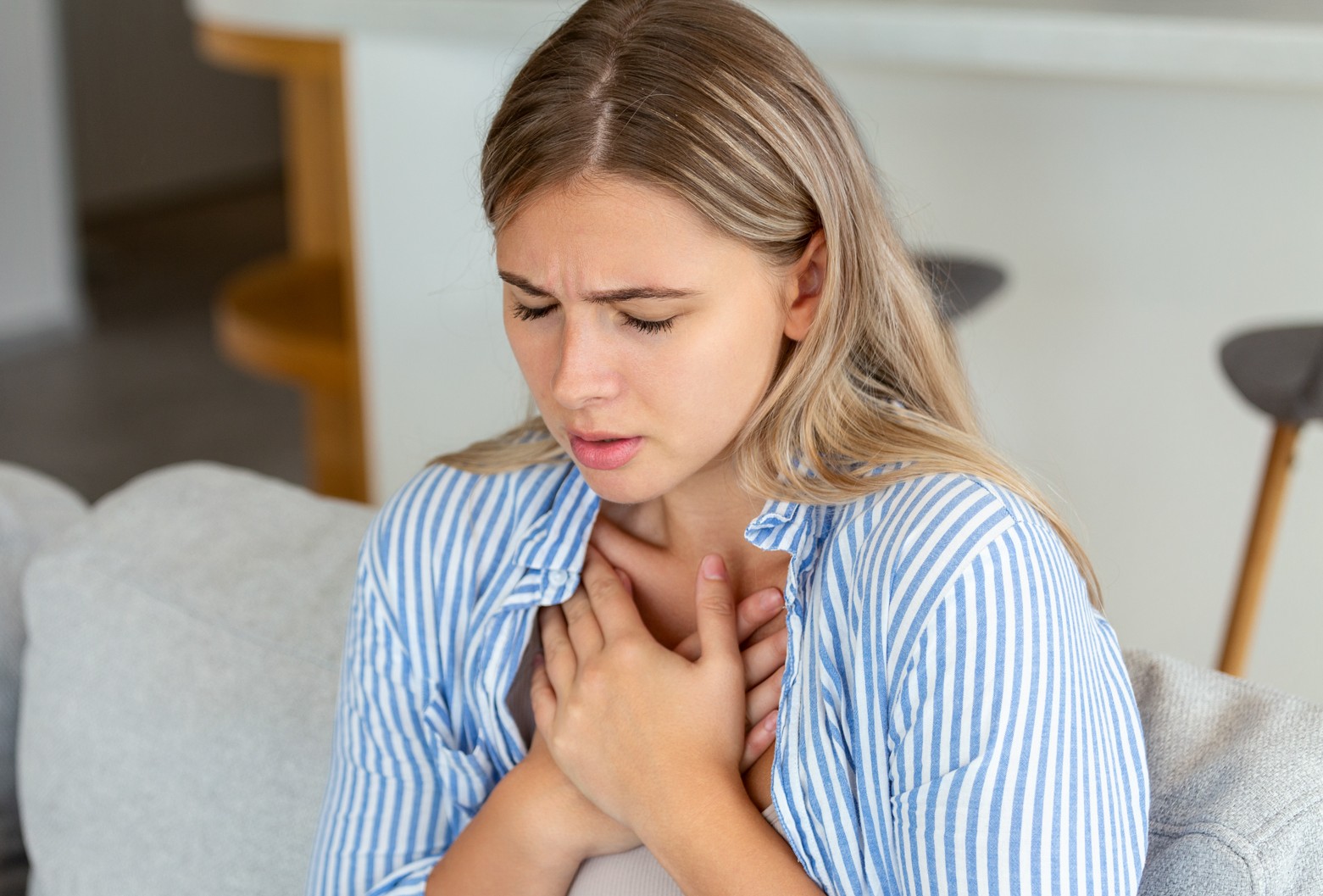Heart Disease is Not Just for Men
If you’ve been thinking heart disease is mainly a manly thing, here is some news that may jolt you: More women than men die of heart disease each year.
In fact, according to the American Heart Association, cardiovascular disease is the leading cause of death among American women. Heart disease and stroke cause about one in three female deaths annually, more than all cancers combined. Nearly 45 percent of women 20 and older are living with some form of cardiovascular disease.
But because attention and research over many years has focused largely on male heart problems, women have historically been under-diagnosed and treated for cardiovascular disease. And, despite increases in awareness over the past decades, only about 44 percent of women recognize that heart disease is their No. 1 killer.
The good news is, most cardiac and stroke events can be prevented through education and lifestyle changes, such as moving more, eating smart and managing blood pressure.
Heart Disease Symptoms in Women
There are several health issues that may indicate heart disease in women. They include:
- Fatigue, even after resting all night
- Shortness of breath
- Dizziness
- Nausea
- Discomfort in the arm and chest
- Trouble sleeping
- Feeling scared or nervous
- New or worsening headaches
- Back pain
Women experiencing any of those symptoms should tell their doctor they are concerned about their heart.

Signs of a Heart Attack
The most common heart attack symptom in women is the same as in men — some type of chest pain, pressure or discomfort that lasts more than a few minutes or comes and goes.
But chest pain is not always severe or even the most noticeable symptom, particularly in women. Women often describe heart attack pain as pressure or tightness. And it’s possible to have a heart attack without chest pain.
Women are more likely than men to have heart attack symptoms unrelated to chest pain, such as:
- Neck, jaw, shoulder, upper back or upper belly (abdomen) discomfort
- Shortness of breath
- Pain in one or both arms
- Nausea or vomiting
- Sweating
- Lightheadedness or dizziness
- Unusual fatigue
- Heartburn (indigestion)
These symptoms may be vague and not as noticeable as the crushing chest pain often associated with heart attacks. This might be because women tend to have blockages not only in their main arteries but also in the smaller ones that supply blood to the heart — a condition called small vessel heart disease or coronary microvascular disease.
Here is one more fact: According to a recent study, women tend to wait up to 37 minutes longer than men before calling 911 when they are having a heart attack. At a time when every second counts, delaying treatment can have deadly results.
If these warning signs are present, call 911 immediately. Call even if you’re not sure; it could save your life.

7 Steps to Reduce Your Risk
- Know your risk factors. Nine out of 10 women have at least one risk factor for heart disease which include: high blood pressure, high cholesterol, diabetes, smoking and a family history of premature heart disease.
- Manage current health conditions, including diabetes, high blood pressure, and high cholesterol. Talk to your health care provider to confirm the best treatment plan.
- Get regular physical activity and maintain a healthy weight.
- Make heart-healthy food choices. For example, you can eat fruits and vegetables with each meal; limit saturated fat and added sugars; and eat more whole grains. Choose the leanest cuts of meat and prepare them in healthy ways.
- Understand that daily use of aspirin is not right for everyone. Talk with your health care provider before you use aspirin to prevent heart attacks, but also BEFORE you stop aspirin if you’re already on it. Talk to your health care provider to know what’s best for you.
- If you smoke, try to quit. Visit www.becomeanex.org – free for all Douglas County residents.
- Recognize symptoms of a heart attack in women, and call 9-1-1 if needed. Know that symptoms in women can be the same or different as those in men.
